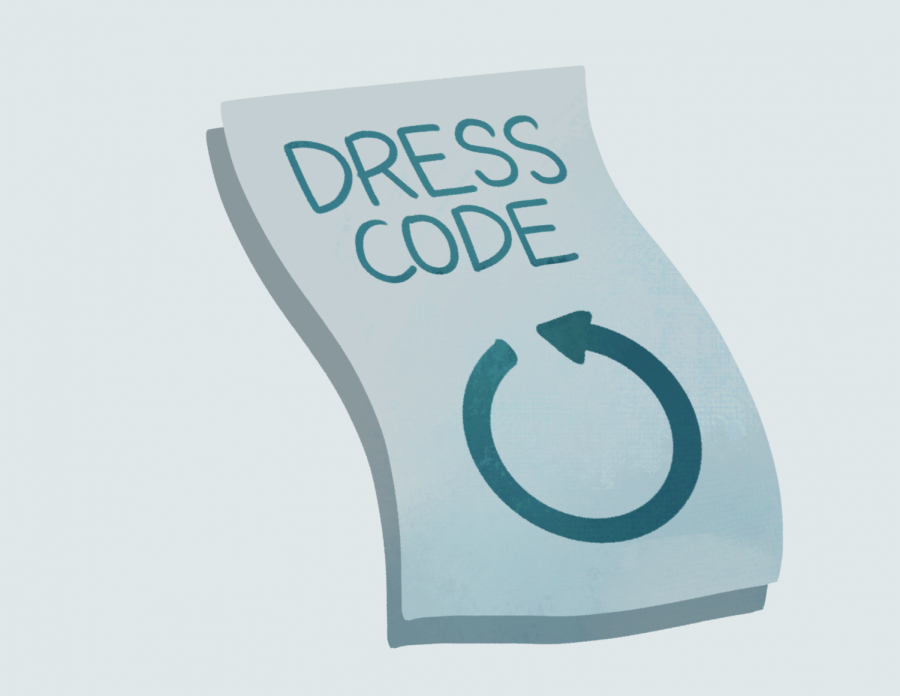Editorial: Say yes to the new dress code
No collarbones, no midriff, no hip bones: The Los Altos High School dress code is frustratingly outdated. In May, LAHS’s Associated Student Body began drafting a less intrusive dress code and submitted a proposal to the Mountain View–Los Altos School District this August, a step in the right direction to replace a policy that has been criticized as being discriminatory. After review from the Board and staff leadership team, the proposal is slated for student feedback in January. But it’s taken a crawling four months to get this far — on a project that Associate Superintendent Teri Faught said would be complete by October. This needs to be a District priority, now.
We hope to see ASB hold itself accountable and send out a Google form in early January for students to anonymously submit their feedback and also hold multiple lunchtime forums for students to directly converse with ASB students about what they believe the dress code should contain.
This is serious. Sure, not every student will be directly affected by the dress code changes, but there are some students for whom the current policy is hurtful. And we as a student body need to stand up for everyone’s needs.
Across the country, dress codes have been a source of controversy because of their reputations as discriminatory and hypocritical. And rightfully so. Girls are often reported for dress code violations more than boys, even when boys may violate the restrictions provided. There is a general attitude in dress codes that girls are responsible for creating a “distraction-free environment,” placing responsibility on them for boys’ learning. And generally, similar irrationalities in dress codes are used against people of color and minorities; for example, many dress codes ban hair wraps, which are commonly used by Black women and hijabi girls have been forced to break their religious beliefs.
It does not matter whether your clothing shows 2 or 4 inches of thigh or if people can see your collarbone. The only necessary aspects are safety and the basic coverage. Our previous dress code’s restrictions, which included things like skirts and shorts reaching the middle of the thigh, made no difference in our education. We can learn in crop tops and ski pants alike.
The core of a dress code should be to maintain an educational environment, and while many people have alleged that strict dress codes do that, limiting the clothing that students, usually girls, can wear to keep other students engaged isn’t fair. These dress code requirements are also ineffective. What do they hope to achieve? It’s not anyone’s business what someone else is wearing and no one should be “getting distracted” by them anyway. If a student is distracted by a piece of clothing, that is their problem, and the person wearing said clothing should not be punished or shamed as a result.
And while some may say it creates a better environment, any restrictions that make students feel discriminated against or uncomfortable are not helping anyone learn. Ensuring that LAHS students feel safe in their community has to be a priority and ASB has to show they want it to be.







